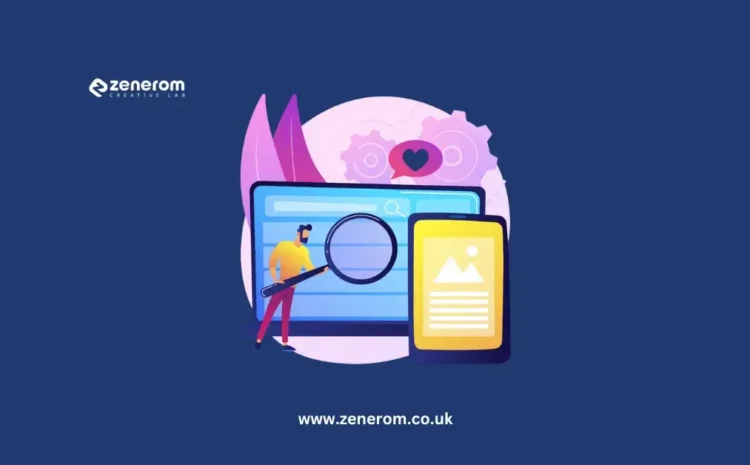From Crawl Errors to Crawl Champions: Mastering Website Crawlability for SEO Success
In the ever-evolving realm of SEO, website crawlability remains a foundational element that’s often under-appreciated. Search engines like Google rely on sophisticated software programs called crawlers (or spiders/bots) to navigate your website and discover the content you’ve meticulously crafted. These crawlers act like tireless librarians, meticulously indexing your webpages to make them discoverable through search queries. However, if your website is riddled with crawl errors, it can be like a labyrinth for these crawlers, hindering their ability to access and understand your valuable content. This ultimately translates to a drop in your SEO performance.
This comprehensive guide empowers you to transform your website from a crawl error maze into a well-structured paradise for search engine crawlers and helps to achieve favorable levels of SEO success. We’ll delve into the intricacies of crawlability, identify common crawl errors, and equip you with actionable strategies to become a true “crawl champion.”
Demystifying Crawl Errors: Understanding the Roadblocks
Crawl errors arise when search engine crawlers encounter roadblocks that prevent them from accessing or indexing your website’s content. These roadblocks can manifest in various forms, including:
1. Broken Links: Imagine a library with broken bookshelves – these are links on your website that point to non-existent pages, leading the crawlers to dead ends.
2. Server Errors: Think of a malfunctioning library server – these errors occur due to issues with your website’s server, making it impossible for crawlers to retrieve content.
3. Robots.txt Blocking: This is akin to accidentally locking crucial sections of the library – your robots.txt file might unintentionally block important pages from crawlers.
4. Website Structure Issues: A convoluted or poorly organized library layout makes navigation difficult – a complex or messy website structure can impede crawling efficiency.
5. Duplicate Content: Imagine encountering the same book on multiple shelves – crawlers might get confused about which version of a duplicate page to index.
The SEO Downside of Crawl Errors: Why They Matter
Ignoring crawl errors can have a significant negative impact on your SEO efforts:
1. Reduced Visibility: Uncrawlable pages are essentially invisible to search engines, meaning they won’t appear in search results, hindering your website’s potential traffic
2. Wasted Crawl Budget: Search engines have limited resources for crawling websites. Crawl errors act like a budget drain, directing these resources towards inaccessible pages.
3. Poor User Experience: Broken links and inaccessible pages frustrate website visitors, potentially leading to a high bounce rate (the percentage of visitors who leave after viewing only one page).
Empowering Your Website: Strategies for Crawl Mastery
Now that we understand the perils of crawl errors, let’s equip you with the tools to become a crawl champion! Here are some actionable steps to elevate your website’s crawlability:
1. Identify Crawl Errors: Search console tools like Google Search Console are invaluable assets. Utilize them to pinpoint any crawl errors plaguing your website.
2. Fix Broken Links: Regularly check for broken links using various online tools and analytics platforms. Once identified, redirect or remove these links to maintain a clean and functional website structure.
3. Optimize Your Robots.txt: Review your robots.txt file meticulously to ensure it’s not unintentionally blocking important pages from crawlers. Search engine documentation provides clear guidelines on proper robots.txt configuration.
4. Simplify Your Website Structure: Imagine a well-organized library with clear sections and intuitive navigation. Strive for a clear and logical website structure with a defined hierarchy of pages. This makes it easier for both users and search engine crawlers to navigate your website.
5. Consolidate Duplicate Content: If you have duplicate content on your website, leverage canonical tags. These tags essentially tell search engines which version of the content is the preferred one for indexing.
6. Submit a Sitemap: Think of a sitemap as a comprehensive library catalog. Submitting an XML sitemap to search engines provides a clear roadmap of all your website’s pages, ensuring crawlers don’t miss any valuable content.
7. Improve Website Speed: A slow website can significantly hinder crawling efficiency. Implement website speed optimization techniques such as image compression and code minification to ensure faster loading times.
8. Mobile-Friendliness: Remember, many search engines now prioritize mobile versions of websites during crawling. Ensure your website is mobile-friendly to cater to this growing trend.
Maintaining Crawl Champion Status: A Continuous Journey
Crawlability isn’t a one-time fix; it’s an ongoing process that requires vigilance. Regularly monitor your website for crawl errors using search console and analytics tools. You can, of course, consult an SEO expert or hire an SEO agency Dundee to get third-party assistance in making the daily monitoring process of crawling issues and SEO related tasks more easier. Proactive maintenance is the key factor to maintain your crawl champion status.



Write a Comment